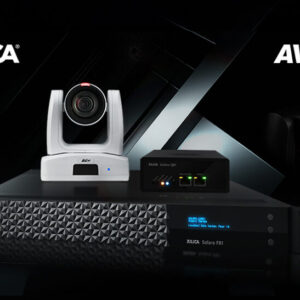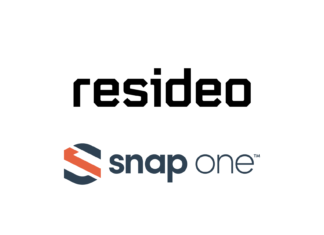By: John Hulen, Director of Channel Marketing, Education, at Crestron
It’s no surprise that the pandemic dramatically altered the way students and faculty collaborate. Many colleges and universities shifted to fully remote learning to adhere to the social distancing and safety protocols established by the federal, state, and local governments. I’ve heard some experts refer to the first few months of the global pandemic as emergency remote teaching. Navigating these unprecedented times was difficult, but educational institutions quickly discovered that 2020 technology and collaboration tools could create an effective learning experience during that period and beyond. Don’t get me wrong, some learning experiences were more effective than others. A great example of this is the large-scale adoption of Zoom use in classrooms. Zoom has been around for a decade, but its use for synchronous learning was minimal compared to the explosion of its use over the last 15 months.
This Fall, there will be learning combined with a declaration that the face-to-face experience can never be replaced. When that period subsides, however, there will be a pang of loss of for the benefits of remote learning and a desire by students, along with a smaller percentage of faculty, who want to regain those benefits and figure out a way to integrate them into normal learning.
The potential whiplash, first from traditional on-campus learning, to being forced into using new technology during the pandemic, back to a physical return to the classroom, and then realizing some aspects were better with the new tools, will inevitably lead to many different opinions regarding which AV technology should be integrated into any modern classroom. So, you might be wondering which variables will provide the foundation for common AV technology across many types of new learning spaces?
The modern classroom should address the four fundamental areas of teaching technology, which serve as the main requirements for any learning space. These areas are inclusive of core functionality and more technical aspects that promote collaboration between students and faculty whether during in-person, blended, or hybrid learning. Now, let’s dive into each one respectively.
AV Backbone and Infrastructure
In the modern classroom, it is essential to create a digital backbone for video and audio signal processing, routing, and distribution to transport the content from the instructor’s PC, guest laptop, and wireless presentation sources to the projector or display. This digital backbone handles the video and audio sources, routing a mic, navigating the requirements of HDMI video handshaking, bringing a camera feed into a video conferencing device, and managing the signals wherever they are needed in the learning space, around the building, or even across the campus.
Wireless Presentation Capabilities
Wireless presentation solutions enable colleges and universities to reimagine their classroom setup and design, as well as offer a new, more improved learning experience. The latest teaching methods call for the need for professors to move about the classroom freely and it is necessary to implement the right technology that supports this. No-touch solutions enable students and faculty to present and even turn displays on from their own personal device.
Unified Communications (UC) and Collaboration Technologies
The ability to deploy a range of Unified Communications (UC) technologies in classrooms and teaching environments in order to allow students to effectively collaborate virtually or in-person is critical. There is a large number of schools that have already begun adding these capabilities, such as video conferencing technology and other software to create a dynamic, consistent learning experience for students wherever they may be. In addition, it is becoming common for Zoom recordings to act as the content for asynchronous learning because students can watch the recordings at a different time or for review.
Cloud-based Management and Monitoring Platforms
Since the number of classrooms and learning spaces with new technologies has been increasing at a fast rate, AV and IT teams need to have the capabilities to manage them. Enter cloud-based device management and monitoring platforms. Cloud-based platforms enable teams to monitor, manage, and support thousands of devices from anywhere. They can also remotely configure and provision devices to receive actionable data and analytics needed to make informed decisions. In addition, IT teams can change settings, provide remote control and support assistance to faculty, and view the live status of devices over the network.
There are educational institutions at all levels, from K-12 to many major universities and colleges, that have taken a new approach to learning as a result of the pandemic. As they prepare for the return to campus this fall, students and faculty from the most technically savvy institutions can expect a newer, much safer and tech-forward setting full of cutting-edge automation and collaboration technologies.









